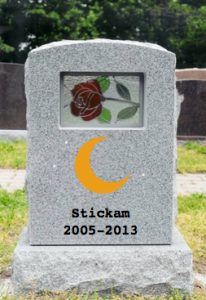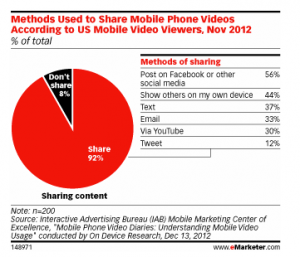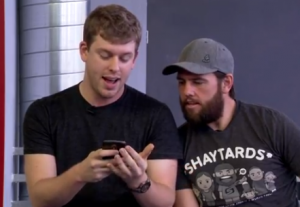 Should you join a YouTube network (or what I call Online Video Studios)? It’s a question I get often. And my simple answer, of late, is this:
Should you join a YouTube network (or what I call Online Video Studios)? It’s a question I get often. And my simple answer, of late, is this:
NO– unless you desperately need one, have realistic expectations of what you get back, and have an attorney read the fine print.
Many young artists are signing with studios/networks in an act of desperation. They believe they’ll obtain stardom like some of the top artists who have signed with a particular network. It’s a pipe dream that could lead to some regret downstream.
In ReadWriteWeb, FRUZSINA EÖRDÖGH wrote a recent article titled “YouTube Networks: An Inside Look At Their Unsavory Business Practices.” Here are some highlights:
- YouTube networks have earned a nasty rep for screwing their talent out of money and other unsavory business practices.
- Young talent is scooped up, and more often than not, taken advantage of because they don’t know enough to read the fine print or hire a lawyer.
- Networks take anywhere from 30% to 50% of revenue generated by the video content. If that cut seems high to you, you’re not alone.
- …the “perpetuity clauses” in contracts teen YouTubers signed without realizing that “perpetuity” means “for life.”
Let’s be clear: some of the networks are founded by good people and with solid intentions. I’m not saying they’re evil. Since YouTube is not good at dealing directly with individuals, the network can help a creator solve issues and problems. They do offer value to the creator… it’s just not what most YouTubers expect.
I worry about the benefits to creators… they often make unrealistic claims. The “pros” of joining a network are often limited to creators who already have traction, or those who believe they can’t become a YouTube Partner directly (which really isn’t that complex). The typical “pitch” says the network will help the creator market and gain views, increase average revenue per view, and assist the creator get YouTube’s attention. Young artists imagine a team of network specialists supporting them, and collaborating with other artists in the network… dreams that don’t come true. The risks generally outweigh the benefit of these promises even if they come true. you’re giving away a percent of your income for a long period, and the network may not provide the creator value in return. If you believe you’re “on your way up,” it would be a shame to lose a chunk of your income (or cap it), right?
Still feeling brave? NewMediaRockstars’ Benny Luo collected a more comprehensive list of the options here.
Alloy Digital
Big Frame
Blip Studios
The Collective
Creator X
FullScreen
Machinima
Maker Studios
PMC Studios
Revision3
Social Blade
TYT Network



![A Brief History Of YouTube [Infographic by Shortymedia] a-brief-history-of-youtube-infographic-shortymedia](http://www.shortymedia.co.uk/wp-content/uploads/2013/02/a-brief-history-of-youtube-infographic-shortymedia.png)




